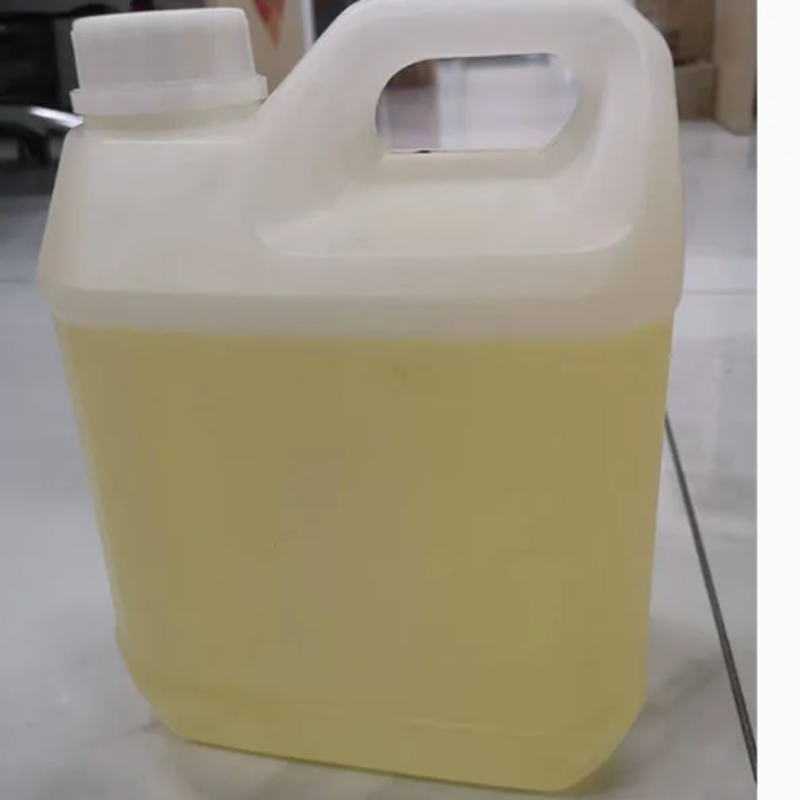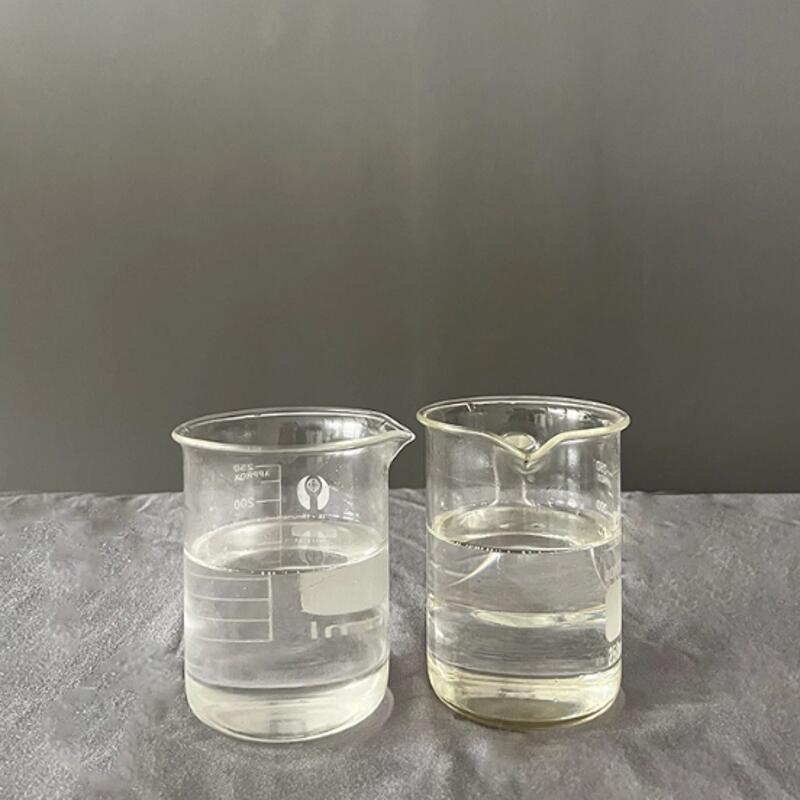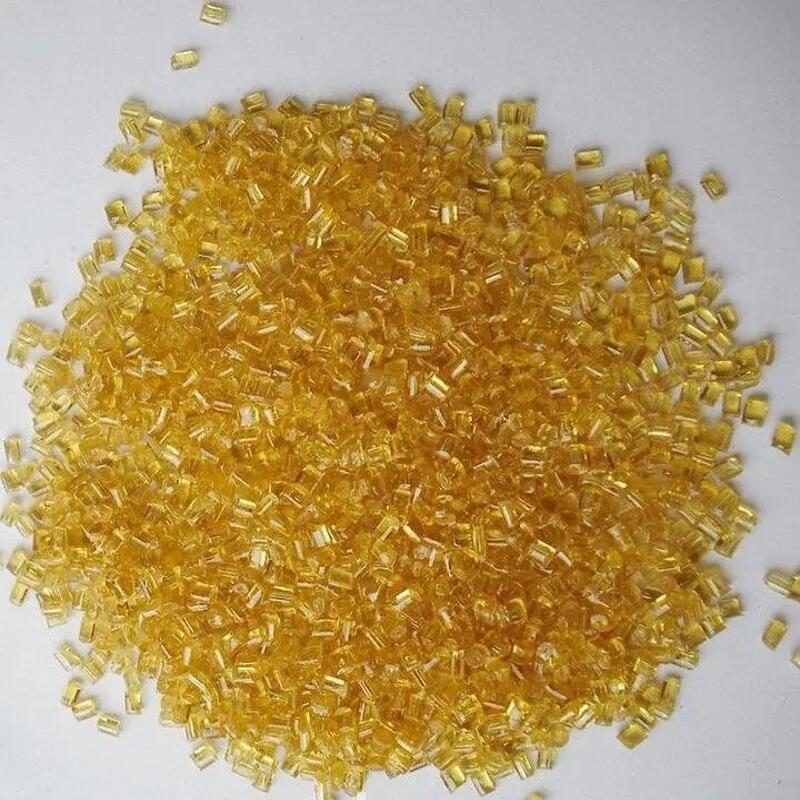-
Categories
-
Pharmaceutical Intermediates
-
Active Pharmaceutical Ingredients
-
Food Additives
- Industrial Coatings
- Agrochemicals
- Dyes and Pigments
- Surfactant
- Flavors and Fragrances
- Chemical Reagents
- Catalyst and Auxiliary
- Natural Products
- Inorganic Chemistry
-
Organic Chemistry
-
Biochemical Engineering
- Analytical Chemistry
-
Cosmetic Ingredient
- Water Treatment Chemical
-
Pharmaceutical Intermediates
Promotion
ECHEMI Mall
Wholesale
Weekly Price
Exhibition
News
-
Trade Service
"The sales of plastic equipment and metal equipment sold by EOS worldwide are basically 50% to 50%, while more metal equipment is sold in China.
We believe that in the future, plastic equipment will have a significant increase in domestic sales.
Growth opportunities
.
2019 marks the 30th anniversary of EOS
At the TCT Asia exhibition in the next year, EOS (TCT Asia 2020 Booth No.
N1-F19) will start to make efforts in this strategic direction.
EOS will introduce the carbon monoxide-based laser sintering technology (FDR) that was just launched on formnext in Germany in November this year.
Chinese market
.
1.
What is the difference between using carbon monoxide and carbon dioxide lasers
The output wavelength of the CO laser is 5 (5-6) μm, which is different from the 10.
6 (9-11) μm of the CO2 laser
.
At the same time, the CO laser is also suitable for processing some dielectric materials and copper oxide on PCB boards
.
Absorptivity of polymers for different wavelengths of laser light
The 5μm beam can be focused to a smaller spot size
.
In addition, the power density of CO lasers can reach four times that of CO2 lasers
.
2.
Applications for more sophisticated manufacturing
EOS named the carbon monoxide-based laser sintering technology as FDR (FINE DETAIL RESOLUTION).
) durability and quality
.
Additively manufactured plug using FDR technology (Source: EOS)
FDR technology focuses on producing precision components, while the EOS P500 SLS 3D printer launched in 2017 will continue to be available in the market with material flexibility, the existing P500 can handle PA 12, PA 11, PA 6, TPU and other high performance polymers and other materials, which is an advantage that FDR technology does not have
.
Polymer-based FDR technology enables ultra-fine surfaces and ultra-precise components (Source: EOS)
Launched in 2018, the Laser Pro Fusion 3D printing technology focuses on maximum productivity, as it is equipped with 1 million diode lasers capable of generating over 5 kilowatts of cumulative laser power
.
The main purpose of this technology is to meet the requirements of mass production.
It can partially replace injection molding technology in the production of small batches and batches
.
Mass production, precision manufacturing, material flexibility, the combination of these three technologies covers three different applications of additive manufacturing based on plastic polymers
.
3.
In the blue ocean market, there is a huge opportunity for EOS's FDR technology to enter China
As far as the polymer 3D printing market is concerned, at present, Farsoon High-tech (TCT Asia 2020 Booth No.
W5-H07) and Yingpu (TCT Asia 2020 Booth No.
W5-G61) have been playing against the EOS P series in the SLS market for many years.
HP MJF multi-jet melting equipment has also squeezed part of the original SLS model market, and the market competition has become fierce
.
Farsoon's huge booth at TCT Asia every year
If Laser Pro Fusion enters China, it will first face the challenges of the Flight™ polymer fiber laser sintering technology equipment and MJF multi-jet fusion released by Farsoon in early 2019
.
Dr.
Xu Xiaoshu of Farsoon Hi-Tech launched Flight equipment at TCT INTRODUCING in 2019
At present, carbon monoxide lasers are used in the production of FDR technology around the world.
At present, there is only EOS.
The FDR process is equipped with a 50-watt CO laser.
Due to the differences in wavelength, spot and absorption rate, all process parameters need to be re-adjusted
.
The material of PA 1101 has been tested and certified, the layer thickness in the printing process is 40 or 60μm, and the parts have high impact resistance and elongation at break.
EOS is also developing new applications for FDR technology globally.
The TCT The Asia exhibition will be the first show of FDR technology in Asia
.







